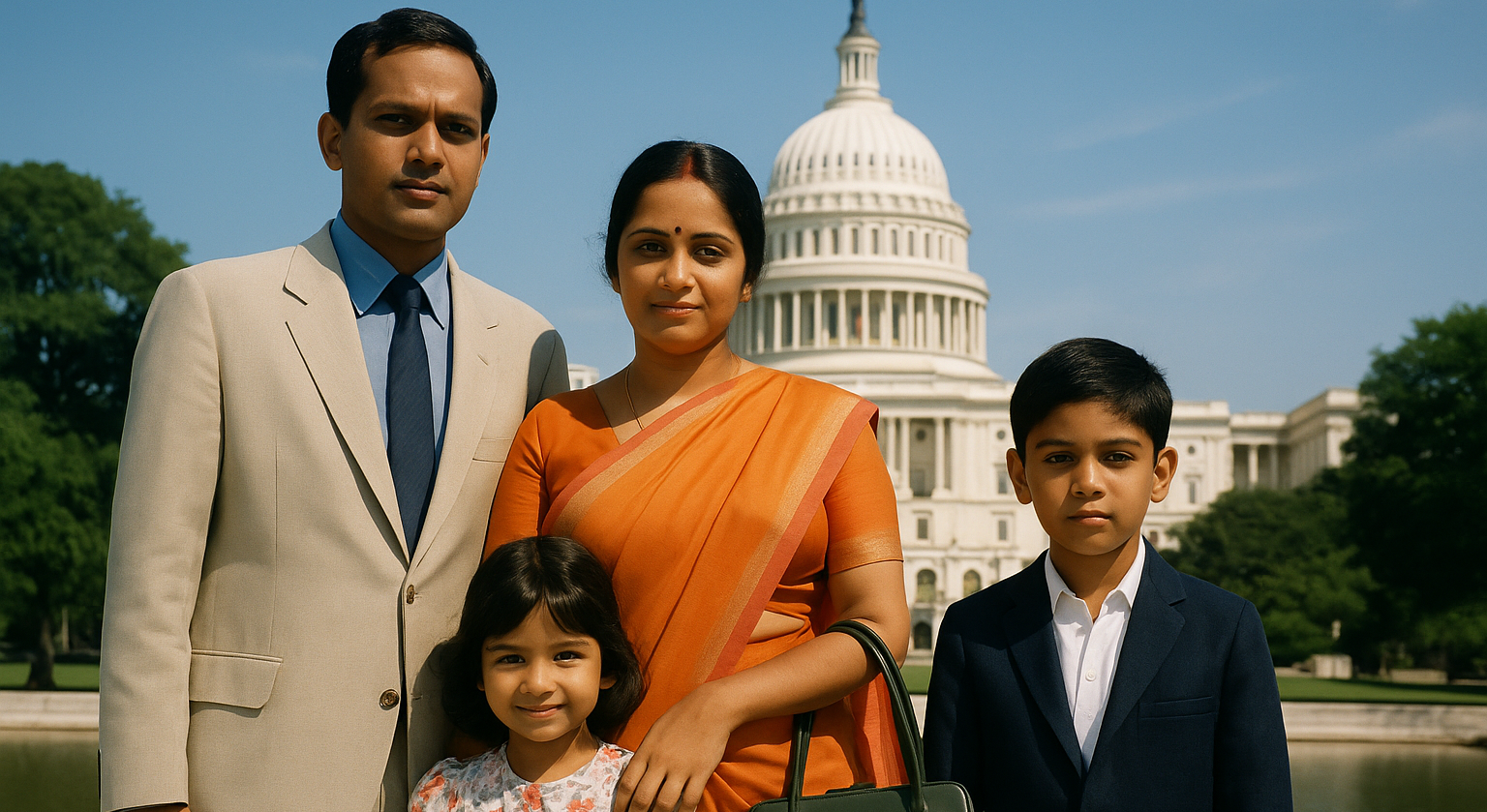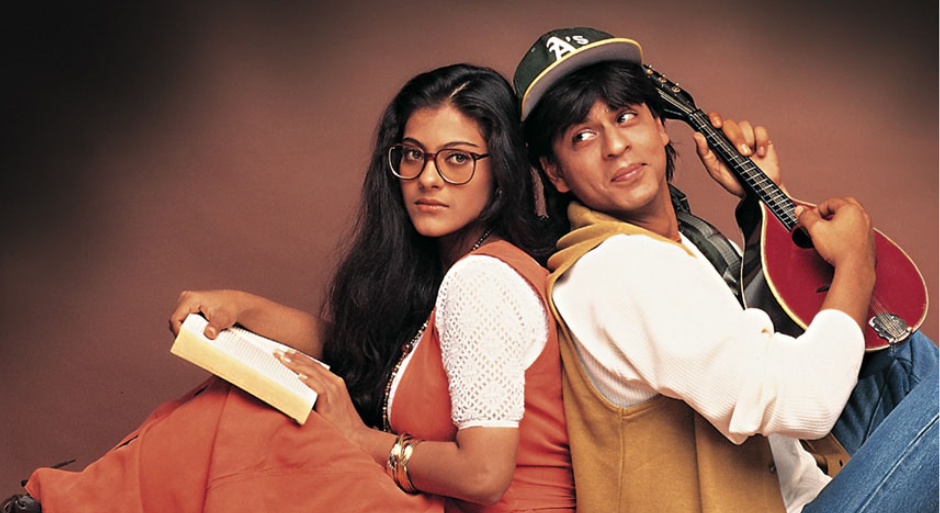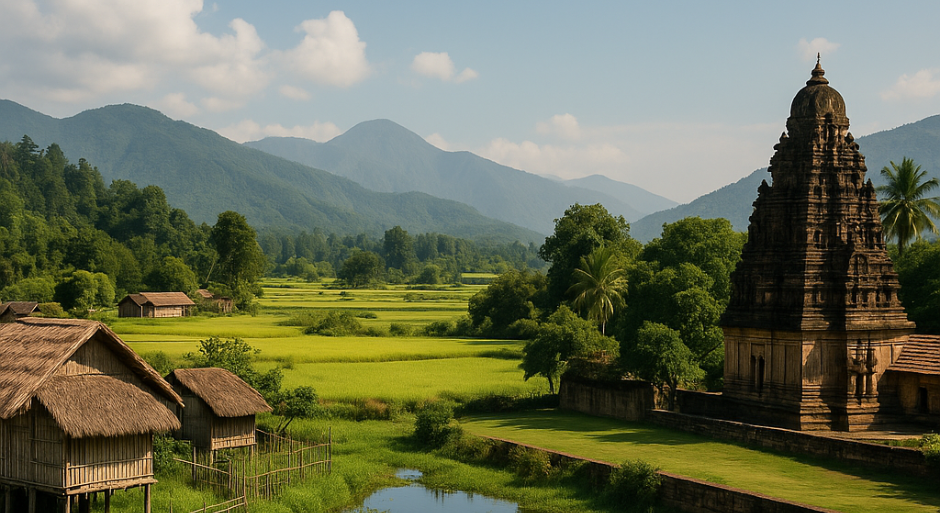The Early Footsteps: 19th-Century Arrivals
The story of Indian migration to the United States begins modestly in the late 19th century. The first wave mainly consisted of Punjabi farmers and laborers, who arrived on the West Coast, particularly in California and Washington State. Many worked on farms, railroads, and lumber mills. Despite facing racism and restrictive immigration laws like the Asian Exclusion Act of 1917, they laid the foundation for the Indian diaspora in America.
The Turning Point: 1965 Immigration and Nationality Act
The real transformation began with the Immigration and Nationality Act of 1965, which abolished the racially based quota system that had previously limited Asian immigration. This opened the doors to skilled professionals from India—especially engineers, doctors, and academics—who were drawn by America’s expanding industries and research institutions. This marked the beginning of the modern Indian-American community.
Building a New Identity: 1970s–1990s
During the 1970s and 1980s, Indian immigrants established temples, cultural associations, and grocery stores, fostering a sense of community and identity. The children of these first-generation immigrants began balancing their Indian heritage with American values, giving rise to a vibrant bicultural identity. By the 1990s, the tech boom in Silicon Valley further strengthened the Indian presence, with many arriving under H-1B visas to work in technology and software development.
Today: From Immigrants to Influencers
Fast-forward to the 21st century—Indians have become one of the most educated and economically successful immigrant groups in the U.S. They are visible in every sphere: from CEOs like Sundar Pichai and Satya Nadella to public servants, artists, and entrepreneurs. Today, over 5 million Indian-Americans call the U.S. home, representing a powerful bridge between two of the world’s largest democracies.


